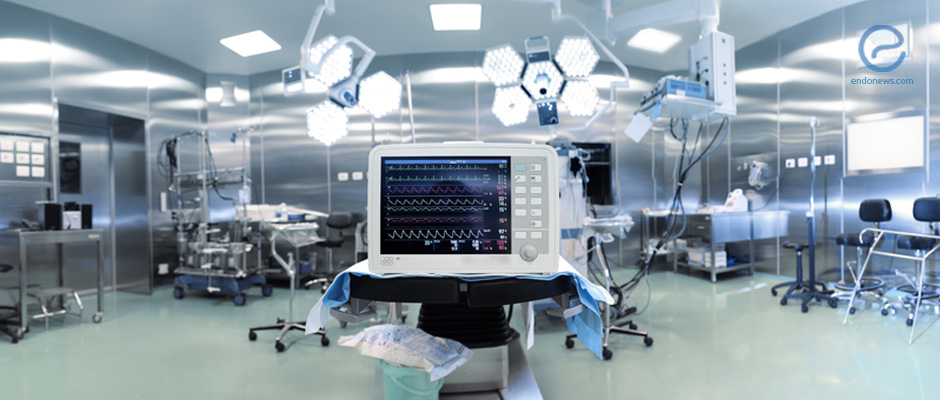Updates in the Field of Endometriosis: Surgery
Sep 1, 2017
There are a plethora of customizable surgical options available for women suffering from endometriosis.
Key Points
Highlights:
- Zanelotti and Decherney describe the current state of surgery as it applies to endometriosis.
- Specifically, they discuss the methods utilized today and the positive and negative effects, associated with the techniques.
Importance:
- Women with endometriosis often undergo surgery in order to treat the disease, thus it is important to know if any advances have made surgery a more efficient option.
What’s done here?
- The authors gathered and consolidated information pertaining to updates in surgical techniques used for the treatment of endometriosis. They interspersed this knowledge with relevant research.
Key points:
- Laparoscopy is highly utilized when it comes to diagnosing and treating endometriosis; whereas, laparotomy is only used in special cases, when necessary.
- Conservative surgical procedures do not affects a woman’s fertility and definitive surgical procedures do.
- Surgical intervention has been shown to decrease post-surgery pain.
- The depth and orientation of the lesion impacts the type of surgical procedure that can be done. For example, patients with deeply infiltrating endometriosis (DIE) typically undergo noncyclic CPP.
- Laparoscopic uterine nerve ablation (LUNA) and laparoscopic presacral neurectomy (LPSN) give patients the same amount of short-term pain relief as traditional laparoscopy. Additionally, LPSN only provides more long-term relief when it comes to the midline abdominal pain.
- The technique used to remove endometrial implants is dependent upon surgeon preference. Additionally, the health care provider should possess knowledge of anatomy and should proceed with caution upon ablation or resection of the implants.
- Ovarian endometriomas require a different set of instructions for removal. They can be diagnosed using ultrasoundhttps://www.ncbi.nlm.nih.gov/pubmed/28742580. One can utilize laparoscopic removal in order to get rid of endometriomas. This includes drainage of the cyst, cyst wall excision, and fulguration or cell wall ablation.
- Due to their extensive nature, DIE lesions can require adhesiolysis. In the case of bowel involvement a multi-disciplinary approach is needed. Overall, surgery for DIE that requires a multi-disciplinary approach; however, health care providers and patients are warned to proceed with caution as these procedures can cause further issues. For DIE that manifests in the rectal or colonic mucosa, doctors must determine the depth of invasion as they may qualify for a resection with reanastomosis instead of being removed transanally by a discoid resection with a circular stapler. Additionally, individuals might benefit from a shaving or discoid resection procedure if they have an isolated implant or rectal shaving.
- Research has shown that surgery in combination with medical management, using therapies such as hormonal suppressants, to deal with endometriosis implants can decrease recurrence and increase pain relief.
- Removing bilateral ovaries, namely bilateral salpingo-oophorectomy (BSO), can help manage endometriosis sequelae by decreasing estrogen levels, which then decrease implant number and size; however, this treatment is accompanied by many side effects such as decreased bone density and fertility. Thus this procedure is recommended for women nearing menopause. Post-BSO, health care providers should put patients on a postmenopausal hormone therapy.
- Surgery has been shown to restore fertility in some women with endometriosis; however, surgery should not be performed on asymptotic infertile women, as surgery is associated with many risks. Ultimately, the end goal is to restore fertility while decreasing pain caused by the illness.
Limitations of the paper:
- This paper refers to studies conducted by individuals that are not the authors of this paper.
- A good portion of this chapter consists of hypotheses made by the authors based upon available information; however, due to the scope of this narrative the authors cannot test their conjectures.
This summary is a part of the future of endometriosis research, whic summarises the progress made in this field. The developments have been delineated in a 2017 issue of Clinical Obstetrics and Gynecology. For updates specific to a given topic namely genetics, epigenetics, imaging, fertility and fertility preservation, one can consult the issue above of Clinical Obstetrics and Gynecology or please look at the summaries for each topic, found in Endonews.
Lay Summary
Surgery is one of the treatment options offered for individuals with endometriosis. With that in mind, there are a variety of surgical procedures that can be offered to an individual with endometriosis. In the chapter titled “Surgery and Endometriosis,” Zanelotti and Decherney discuss all the options available for a variety of Endometriosis types. For example, they talk about ovarian endometriomas and deeply infiltrating endometriosis (DIE). They also describe numerous surgical techniques such as traditional laparoscopy, Laparoscopic uterine nerve ablation (LUNA), laparoscopic presacral neurectomy (LPSN), reanastomosis, and bilateral salpingo-oophorectomy (BSO) to name a few. Indubitably, this chapter is an important resource for an individual or a health care provider looking towards surgery as a method for managing endometriosis.
It is important to note that the full chapter on surgery and endometriosis can be found in a 2017 issue of Clinical Obstetrics and Gynecology. For updates specific to another given topic namely genetics, epigenetics, imaging, fertility and fertility preservation, one can consult the aforementioned issue of Clinical Obstetrics and Gynecology or look at the summaries found on Endonews. Endonews also provides an all-encompassing summary.
Research Source: https://www.ncbi.nlm.nih.gov/pubmed/28742580
Surgery Laparoscopy LUNA LPSN DIE BSO hormonal-or-surgical infertility

